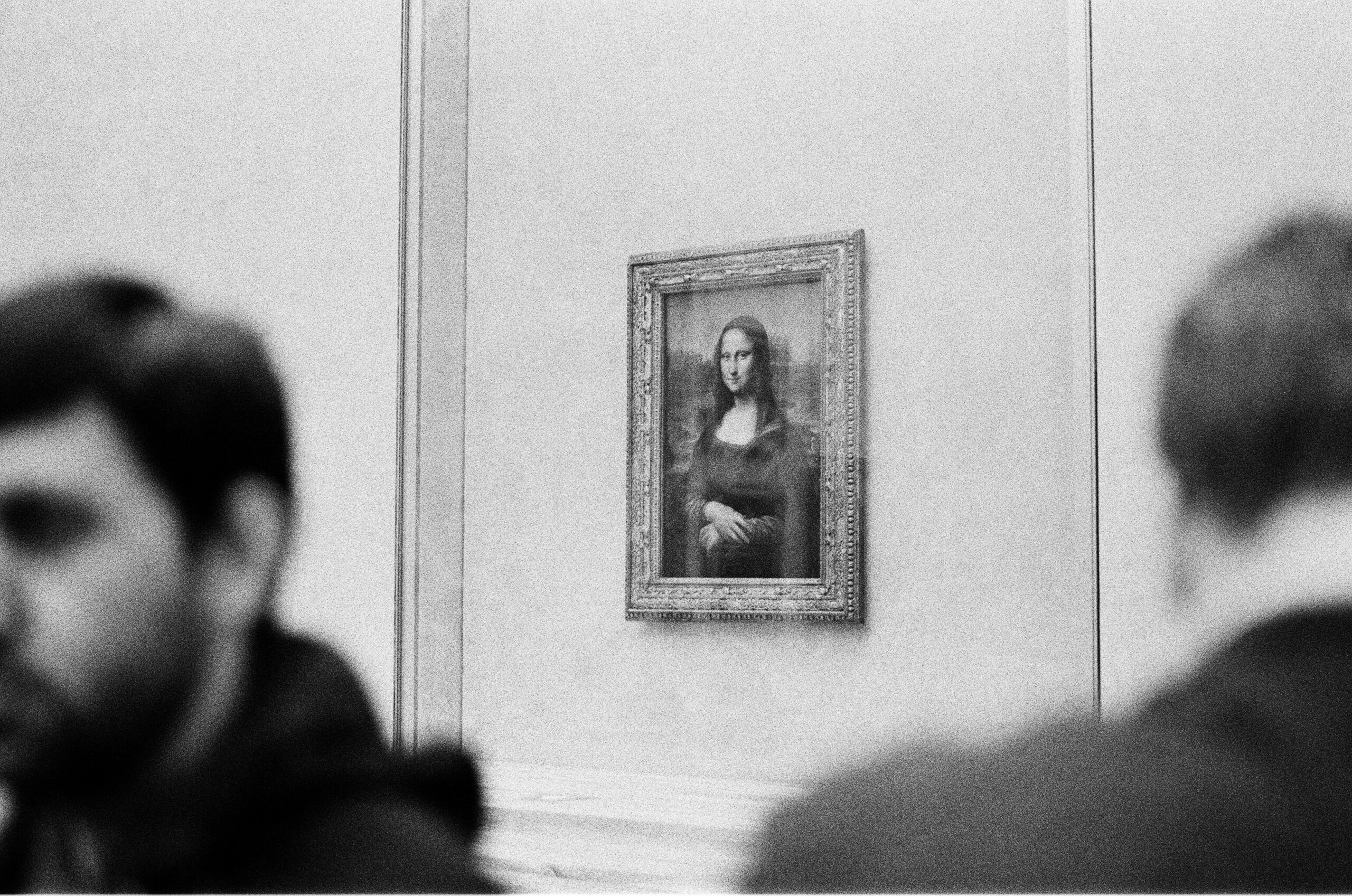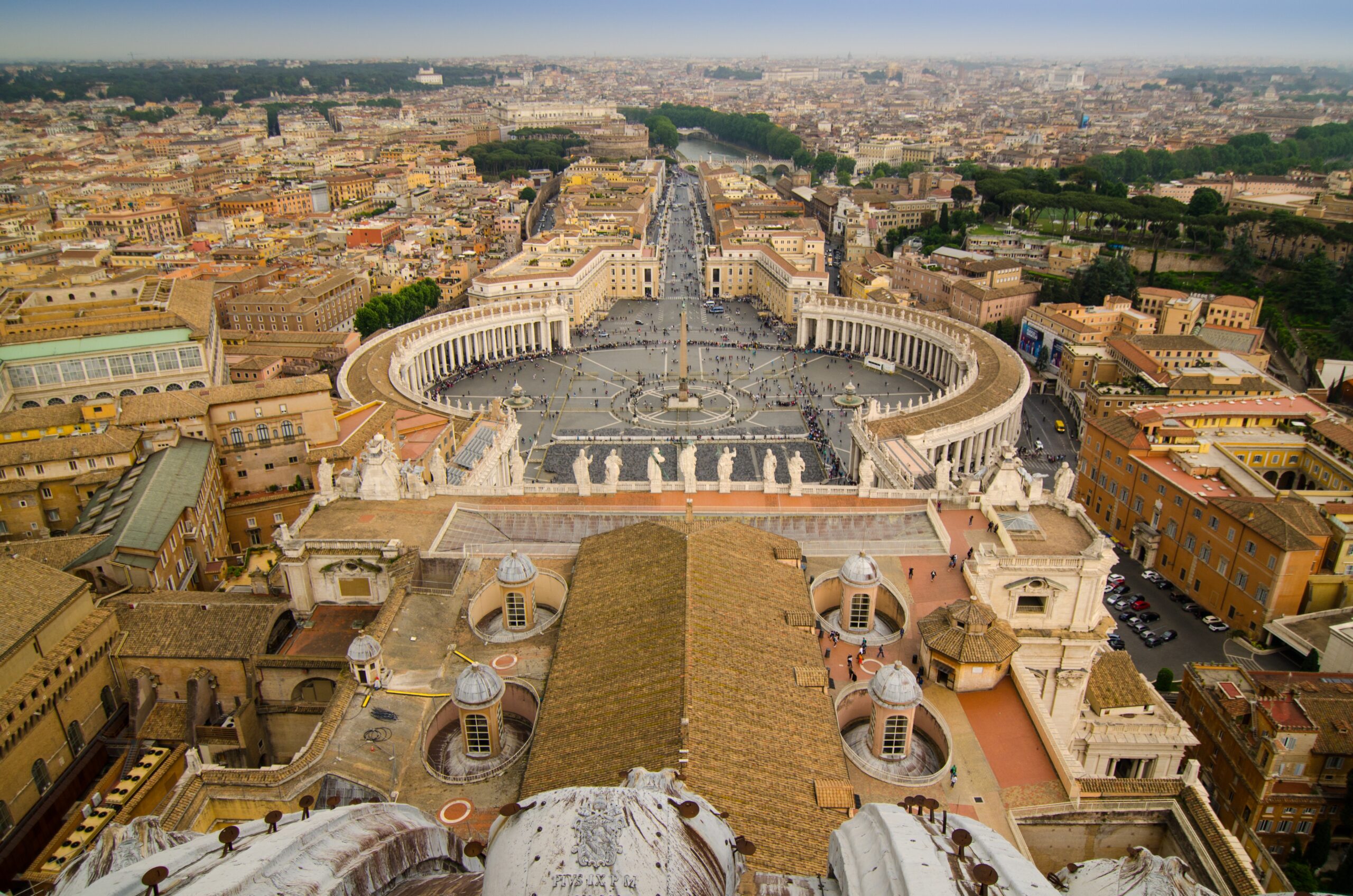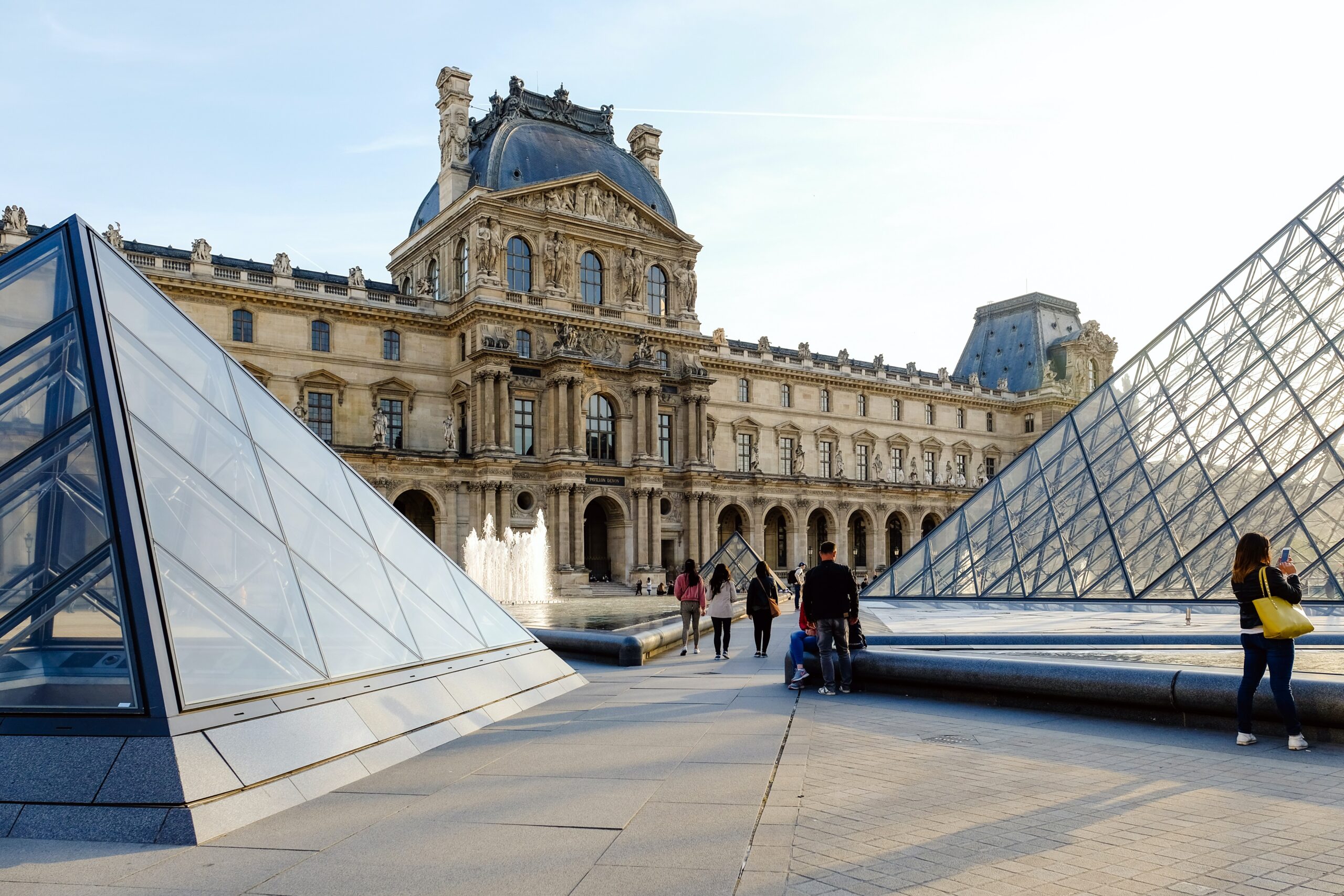The 5 most famous paintings
February 12, 2023

The following are 5 of the most famous paintings in history:


“The Mona Lisa” by Leonardo da Vinci
“The Mona Lisa,” painted by Leonardo da Vinci in the early 16th century, is one of the most famous works of art in the world. The enigmatic smile on the face of the subject, Lisa Gherardini, has captured the attention of art lovers for centuries, and the painting itself has become an icon of Western art.
The “Mona Lisa” is a portrait of a seated woman, painted in oils on a poplar wood panel. The subject’s face is delicately rendered, with subtle shading and highlighting used to create the illusion of depth and form. The subject’s enigmatic smile has been the subject of much speculation, with some suggesting that it represents a sly or knowing expression, while others see it as a serene or peaceful expression.
One of the most notable aspects of the “Mona Lisa” is its use of perspective. The painting is set against a winding road and a bridge, with a mountainous landscape in the distance. The winding road leads the eye into the painting, creating a sense of depth and making the subject appear to be seated in a real space. The subject’s gaze also adds to the sense of depth, as it appears to be directed at the viewer.
The “Mona Lisa” is also notable for its use of color. The painting is dominated by soft, muted greens and blues, which serve to create a peaceful and harmonious atmosphere. The subject’s clothing is also carefully rendered, with intricate details and folds adding to the realism of the painting.
The “Mona Lisa” has been housed in the Louvre Museum in Paris since 1797 and is one of the museum’s most popular attractions. It has also been the subject of numerous theft and vandalism attempts, as well as numerous theories about the subject’s identity and the meaning of her smile. Despite all of the attention it has received, the “Mona Lisa” remains one of the most enigmatic and intriguing paintings in the world, and its appeal continues to captivate audiences to this day.


“The Starry Night” by Vincent van Gogh
“The Starry Night” is one of the most famous and recognizable paintings of the post-impressionist era. Created by Vincent van Gogh in 1889, it is considered a masterpiece of modern art. The painting depicts a view of the artist’s asylum in Saint-Paul-de-Mausole, France, as seen from his window at night. The scene is illuminated by the bright stars that fill the dark blue sky, creating a mesmerizing and otherworldly atmosphere.
Van Gogh’s “The Starry Night” is notable for its dynamic use of color and movement. The swirling patterns in the sky and the trees create a sense of energy and motion that draws the viewer in. The vivid blues and cyans of the night sky contrast starkly with the more muted colors of the landscape, creating a sense of depth and perspective.
One of the most remarkable aspects of the painting is its unique style. Van Gogh was heavily influenced by Japanese art and Japanese woodblock prints, which is evident in the vibrant colors and flowing lines in “The Starry Night.” The artist’s distinctive brushwork and impasto techniques give the painting its rugged, impassioned feel, which sets it apart from the more polished works of other artists of the time.
“The Starry Night” is also significant because of its historical context. Van Gogh was an emotionally fragile individual who struggled with depression and mental illness throughout his life. The painting was created during his stay at the Saint-Paul-de-Mausole asylum, where he was being treated for his mental health. “The Starry Night” is seen as a reflection of his inner turmoil and the sense of chaos and confusion that often characterized his life.
Today, “The Starry Night” is widely regarded as one of the greatest works of art of all time. It is part of the permanent collection of the Museum of Modern Art in New York City and has been the subject of countless books, essays, and art historical studies. The painting continues to captivate audiences with its beauty, originality, and emotional power, and serves as a testament to the enduring impact of Vincent van Gogh’s work.


“The Scream” by Edvard Munch
“The Scream” is a painting created by the Norwegian expressionist artist Edvard Munch in 1893. This iconic piece of art has become one of the most recognizable images in the world and is considered to be one of the most important works of art in the 20th century.
The painting depicts a figure standing on a bridge and holding its face in a scream of horror. The swirling clouds and the distorted sky in the background add to the sense of unease and terror that the figure expresses. The vibrant colors used in the painting, with the bold use of red, yellow, and blue, give the piece a striking, almost electrifying appearance.
The Scream has been interpreted in many different ways, but it is most commonly seen as a representation of Munch’s own struggles with anxiety and mental illness. The painting was created during a time of great turmoil for the artist, and he was suffering from several physical and mental health issues. The Scream can be seen as an expression of Munch’s own inner turmoil and his struggle to cope with the pressures of modern society.
Despite its dark subject matter, “The Scream” has become an iconic symbol of modern art and is beloved by millions of people around the world. It has been reproduced in countless forms, from posters and greeting cards to toys and clothing, and has even been referenced in popular culture, such as in the animated movie “Inside Out”.
In recent years, “The Scream” has become one of the most valuable works of art in the world, with a past auction sale of the painting setting a record for the most expensive artwork ever sold. Its continued popularity is a testament to its power and timelessness, and it will no doubt remain an important piece of art for generations to come.


“The Last Supper” by Leonardo da Vinci
“The Last Supper” is one of the most famous and iconic paintings in the world, and is considered a masterpiece of Renaissance art. The painting was created by the Italian artist Leonardo da Vinci in the late 15th century and is housed in the refectory of the Convent of Santa Maria delle Grazie in Milan, Italy. The painting depicts the moment when Jesus Christ informed his disciples that one of them would betray him, as described in the biblical account of the Last Supper.
The Last Supper is notable for its large size, intricate composition, and dramatic use of light and shadow. The painting is over 15 feet long and is made up of a number of individual scenes, each of which is imbued with intense emotion and psychological complexity. The expressions on the faces of the apostles are captured with remarkable detail and realism, and reflect the different reactions to the news of Jesus’ betrayal.
The Last Supper is also famous for its innovative techniques, which were groundbreaking at the time. Leonardo used a technique known as “sfumato” to create the illusion of depth and volume, and he also applied a layer of oil paint over the fresco, which allowed him to work on the painting over a longer period of time. This innovative technique helped to preserve the painting and allowed Leonardo to add more details and depth to the composition.
The Last Supper has been widely studied and admired by art lovers and scholars for centuries, and its influence on art and culture can be seen in many other works of art and popular culture. Despite being damaged over time by moisture, theft, and vandalism, the painting remains an iconic work of art and is considered one of the greatest masterpieces of all time. Today, the painting continues to attract thousands of visitors each year, and it remains one of the most popular and well-known works of art in the world.


“The Persistence of Memory” by Salvador Dali
“The Persistence of Memory” is a surrealist painting by the Spanish artist Salvador Dali, completed in 1931. The painting is one of Dali’s most famous and widely recognized works, and has come to symbolize the surrealist movement. The painting features a series of drooping watches that are melting and dripping over various objects, including a barren landscape, a tree, and a table. The melting watches are meant to represent the fluidity of time, and the painting as a whole is a commentary on the transience of life and the ultimate futility of human endeavors.
The painting is considered a masterpiece of surrealist art, and has been described as a visual representation of the subconscious mind. The melting watches symbolize the way that time can seem to slow down or speed up depending on one’s perception, and the barren landscape is meant to suggest a sense of emptiness and the absence of meaning. Dali’s use of surreal imagery and symbols in “The Persistence of Memory” is typical of the surrealist movement, which sought to break down the barriers between the conscious and unconscious mind and explore the mysteries of the human psyche.
In terms of technique, “The Persistence of Memory” is painted in oil on canvas and is relatively small in size, measuring just 24 inches by 33 inches. Dali’s use of color is notable for its subdued, almost dreamlike quality, and the painting is characterized by a sense of stillness and quiet that belies its disturbing subject matter.
“The Persistence of Memory” has been widely reproduced and is one of the most famous works of art in the world. It has been displayed in museums and galleries all over the world, and is widely recognized as a masterpiece of modern art. The painting has also been the subject of much critical analysis and interpretation, with scholars exploring its themes and symbols in depth.
Share this Top 5 List!
The Top 5



